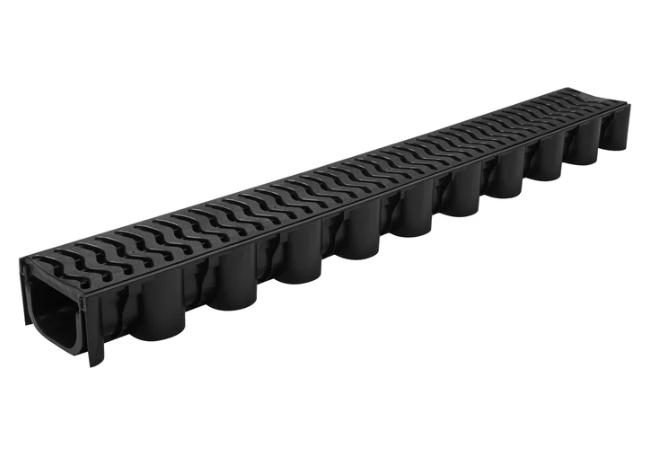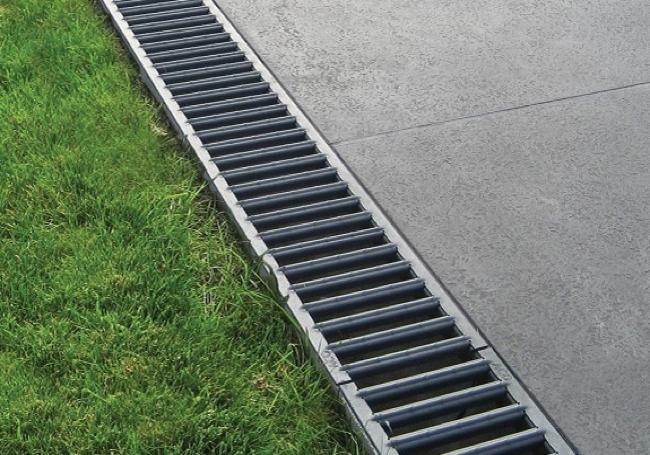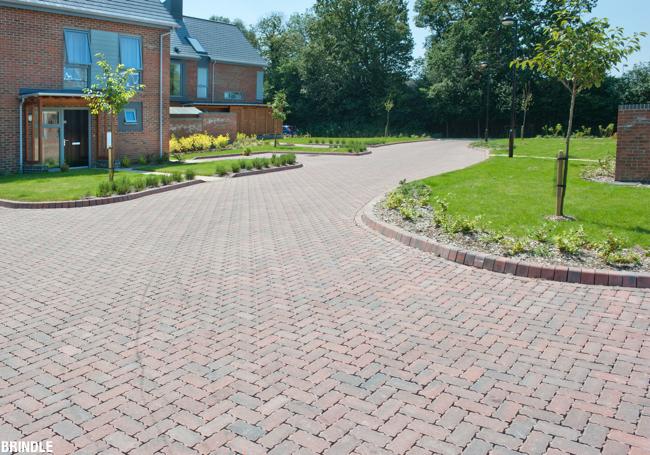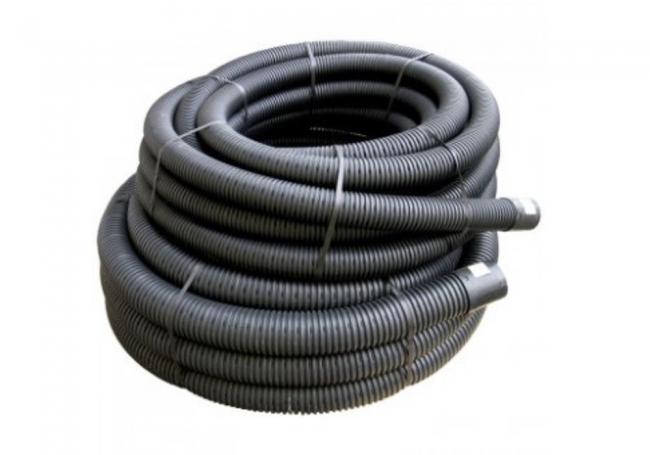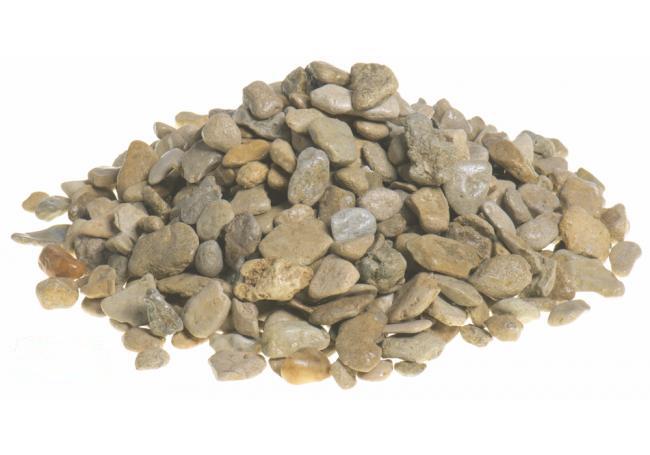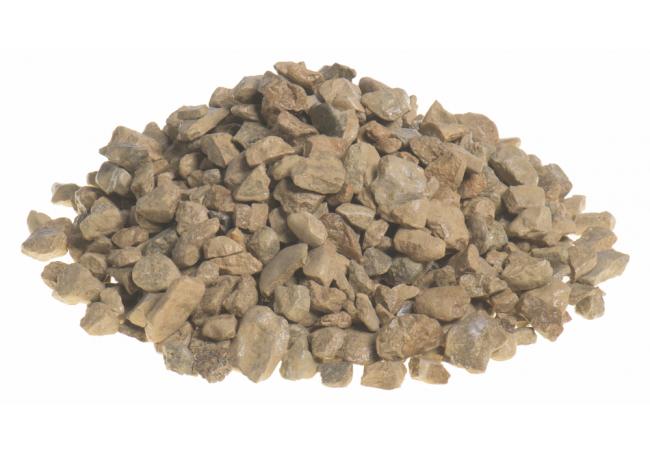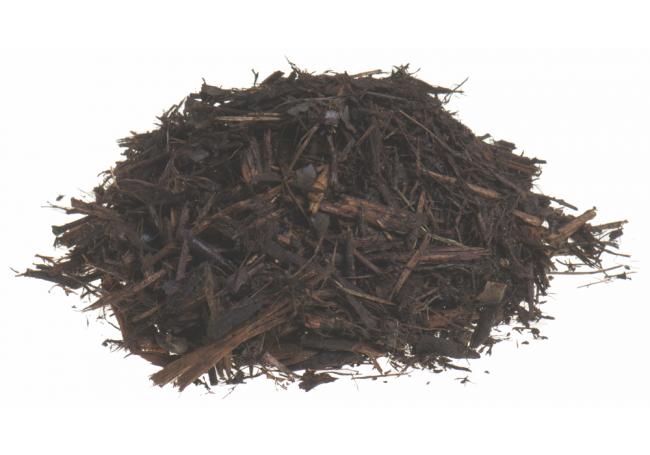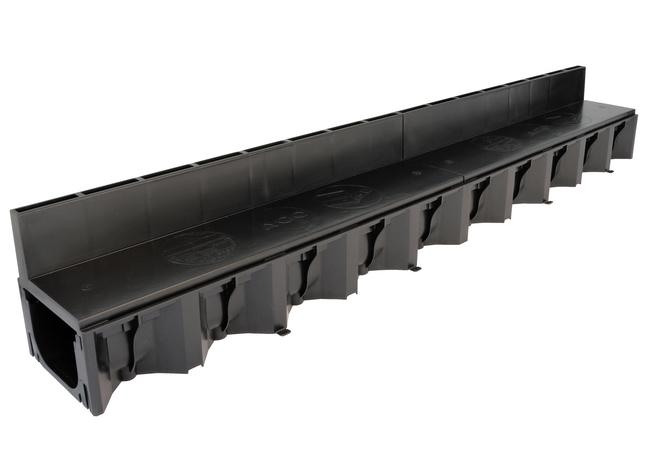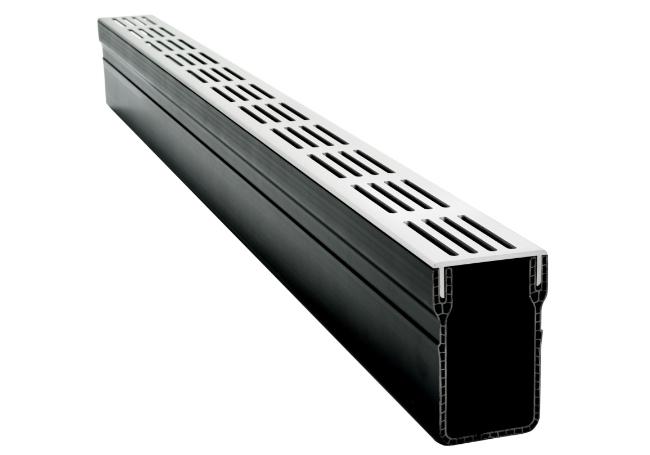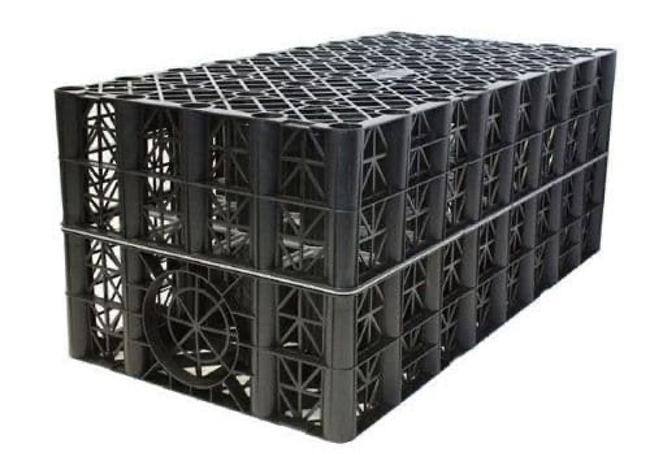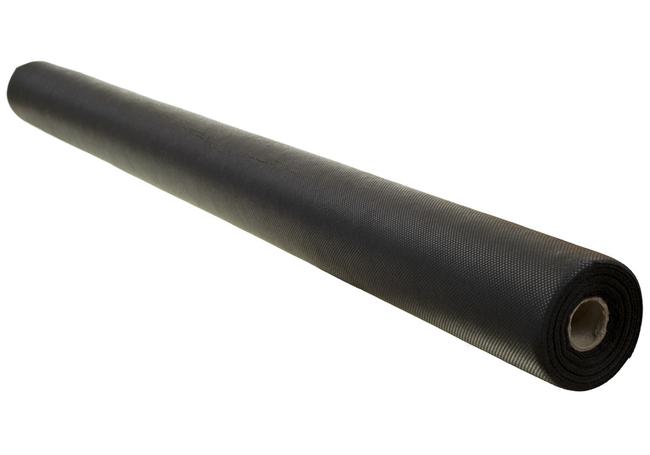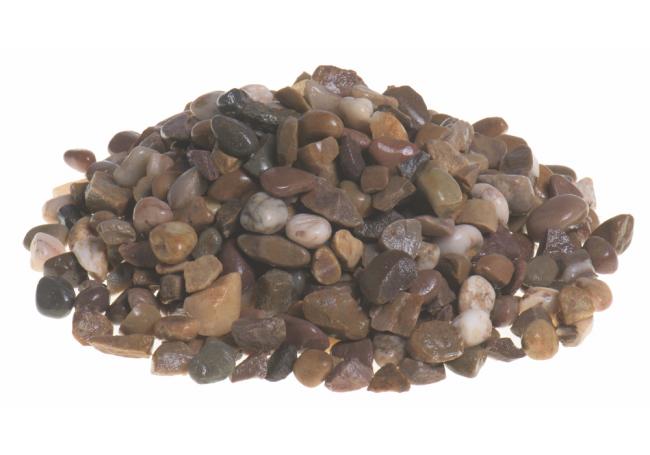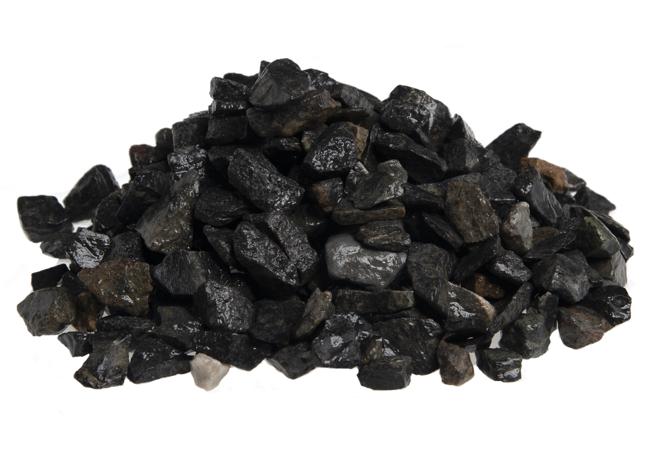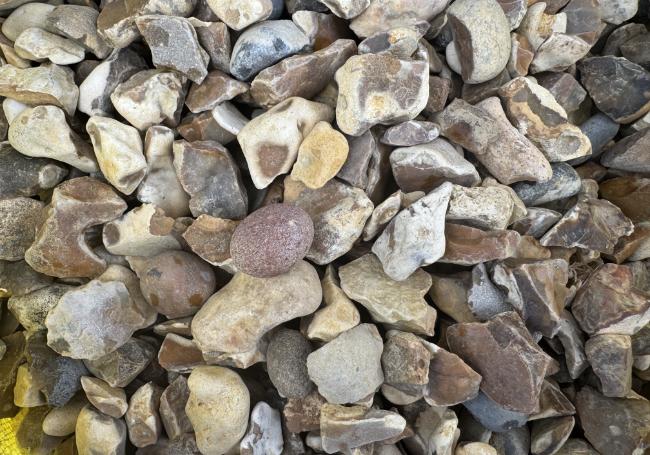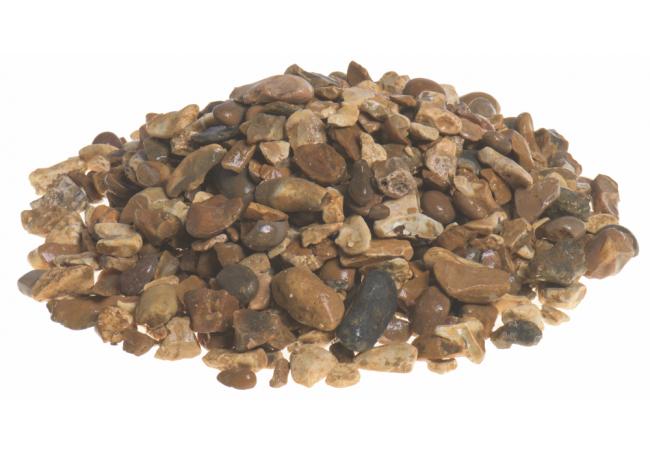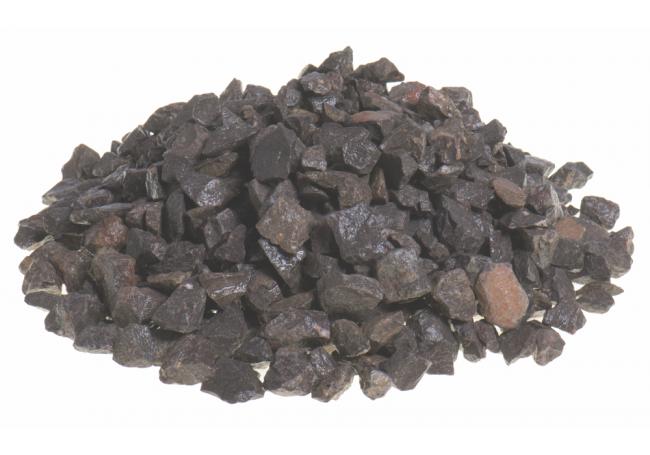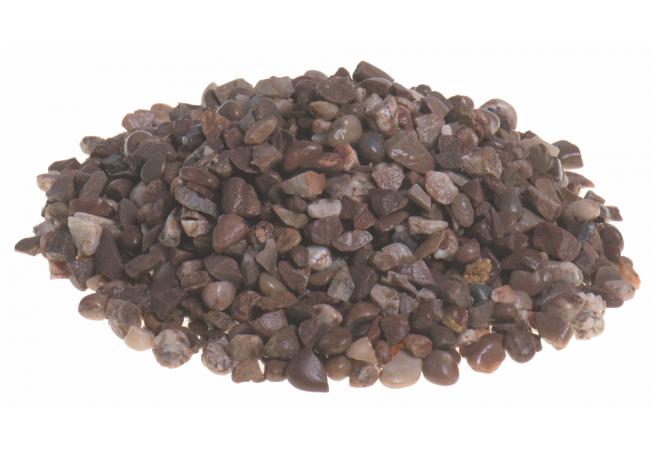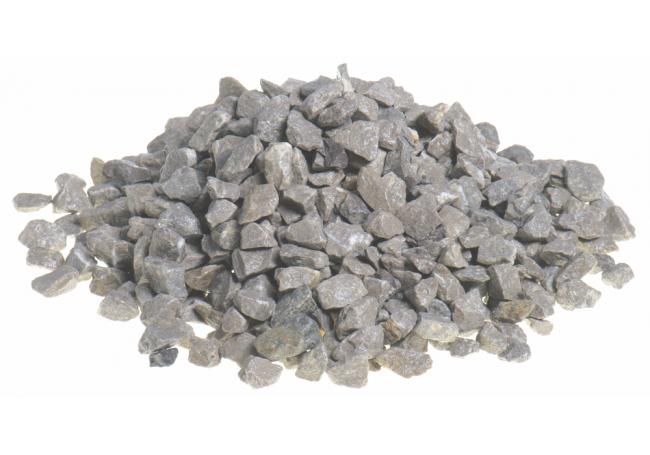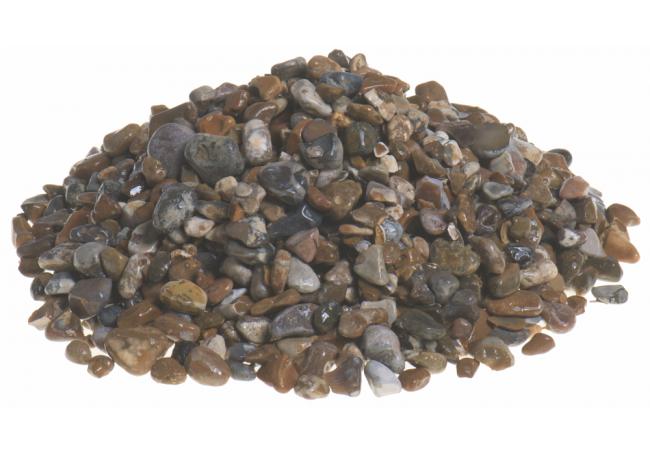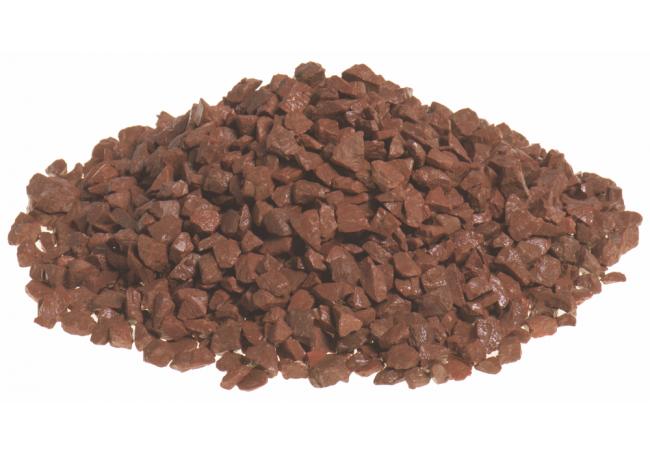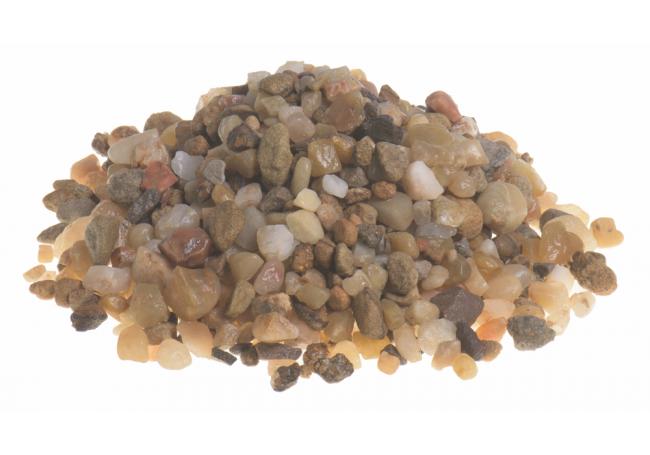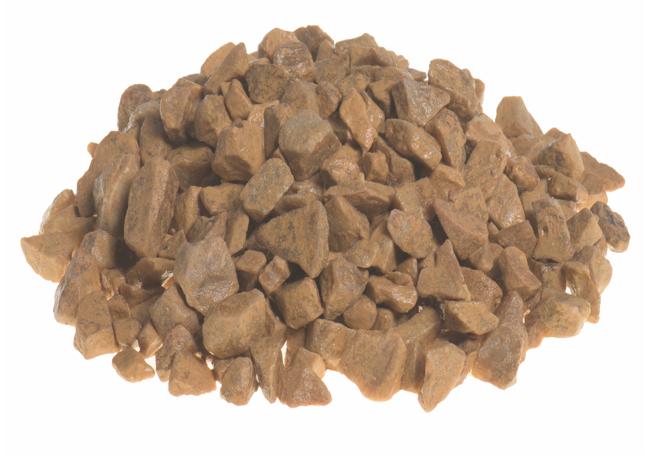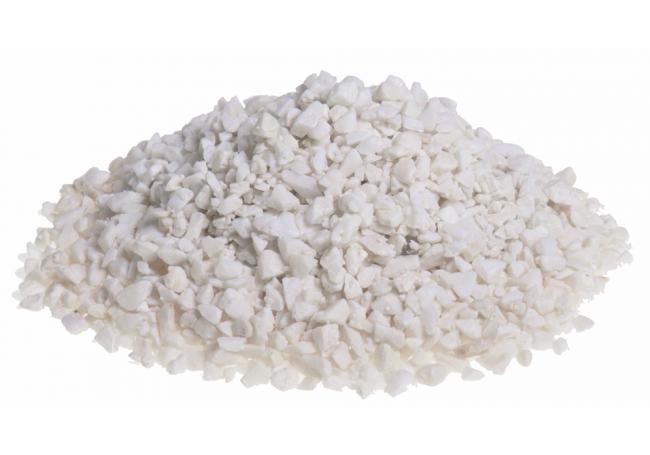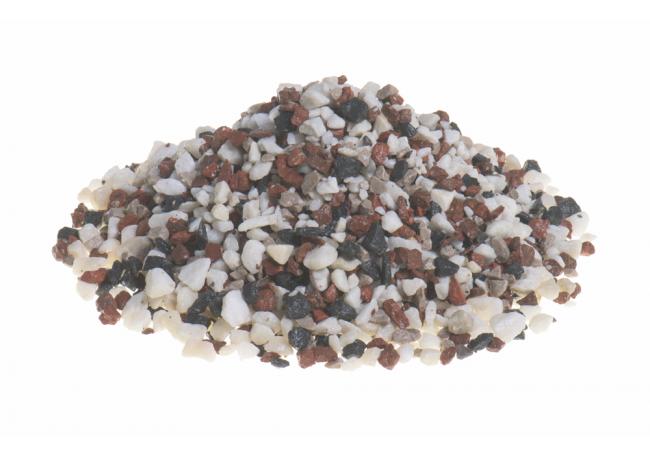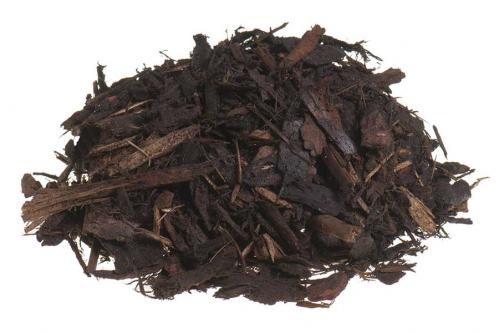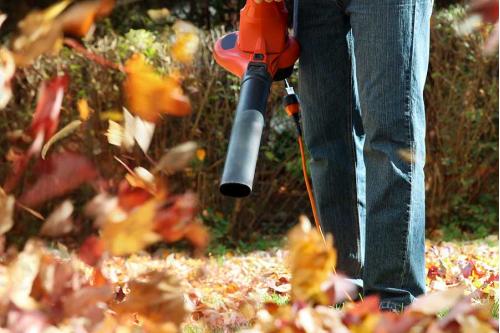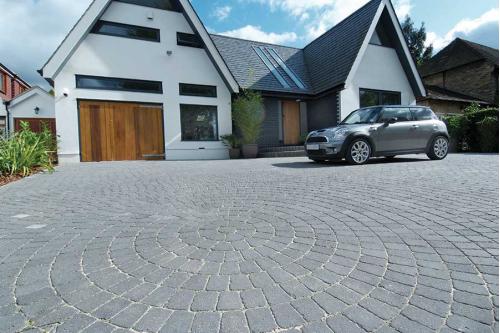How To Prevent Surface Water Flooding Around The Home
As winter approaches, we are typically greeted with an increasing amount of wet weather. In December, for example, the UK averages 16 days of rain or snow, totalling 127 millimetres (5 inches). And with the global climate warming, rainfall is only set to increase as time goes on. Unfortunately, this can prove problematic when it comes to surface water flooding outside our homes, particularly on paved surfaces. Thankfully, there are several things you can do to reduce the likelihood of water pooling in your garden or driveway. Read on to find out what.
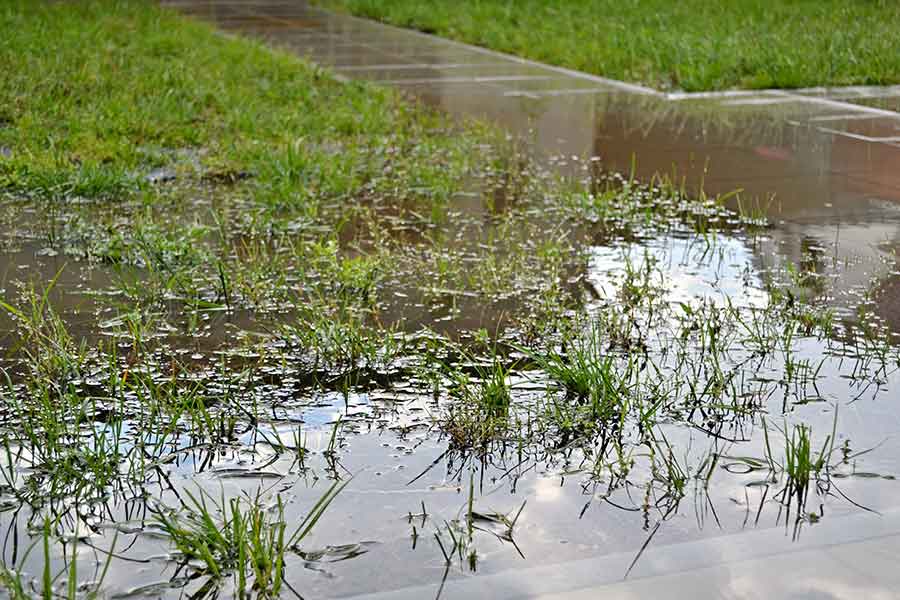
What is surface water flooding and what issues can it cause?
Surface water flooding usually occurs after heavy rainfall as a result of the water not being able to drain away. It can also be a result of snow or ice melting and having nowhere to go. As such, you’ll often spot it first on patios, drives and other hard surfaces, where puddles are most visible. On top of being unsightly and inconvenient, this water can lead to bigger issues.
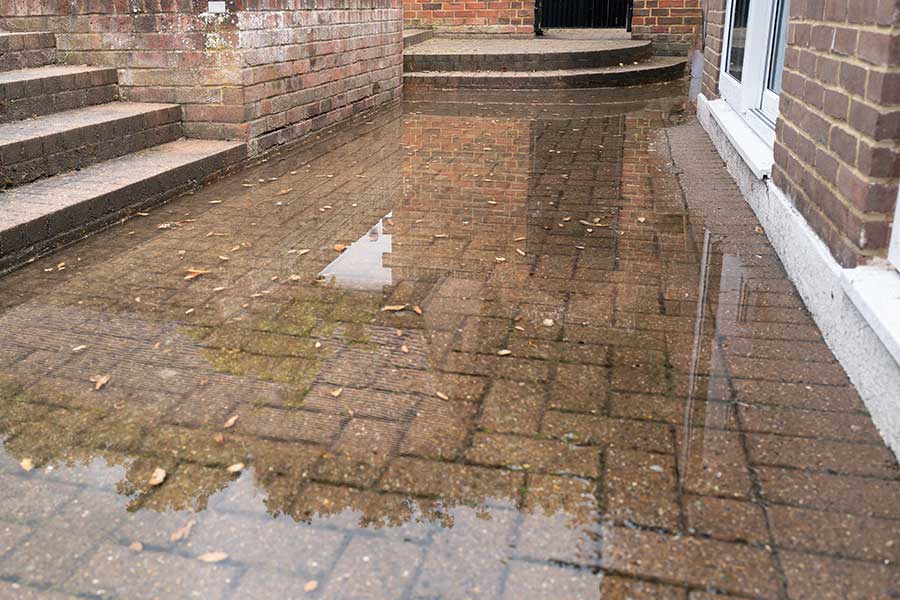
First off, surface water flooding creates slippery surfaces due to standing water and the growth of moss on paved surfaces. As such, you’ll need to take extra care to avoid accidents. Excess moisture can also devastate lawns, trees and plants in waterlogged gardens. And if left for long periods, surface water can cause structural problems for sheds and fences prone to rot.
How can you ensure sufficient garden drainage?
One of the simplest ways to mitigate the risk of surface water flooding is to have your driveway or patio installed by a professional contractor. They will calculate the perfect gradient to make sure water is naturally carried away from your property. Generally, only a subtle slope is needed, with a drop of 12.5 - 16mm every metre, depending on the slabs used.
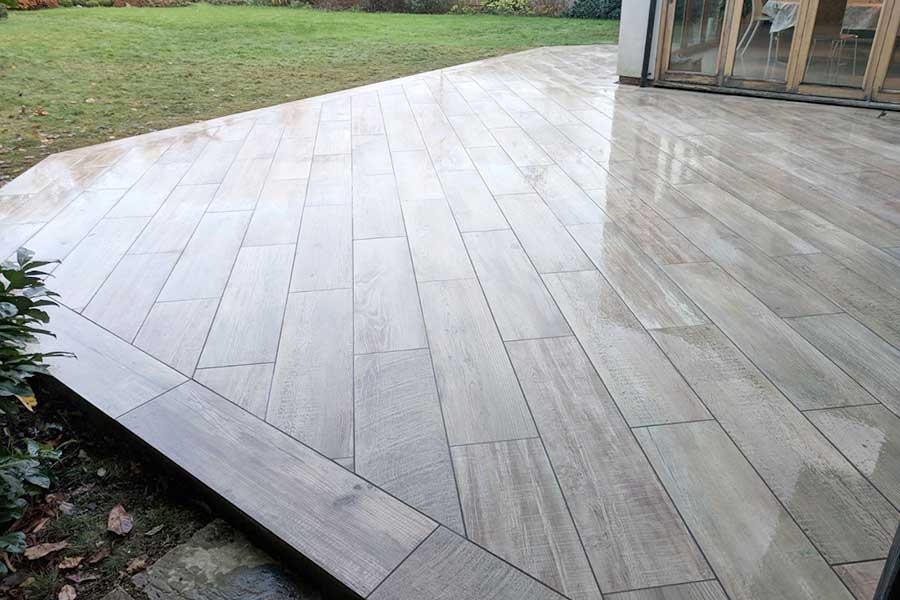
To aid this, they may also install a drainage channel. At AWBS, we supply sturdy yet subtle ACO Drainage Channels, as well as larger underground Land Drains. These are fitted at the lowest point to collect and guide the rainwater towards the main drain. Or sometimes to a concealed soakaway beneath your garden. Otherwise, the flow can simply be directed to a safer area of your garden where it won’t cause any damage.
Tips for surface water management outside the home
If this is all in place and you’re still experiencing problems, don’t despair! Similarly, if your patio or driveway is already laid and you don’t want to start digging it up, all is not lost. In fact, there’s quite a lot of solutions you can try. We’ve listed some of the most effective ones below.
Clear gutters to maintain efficiency
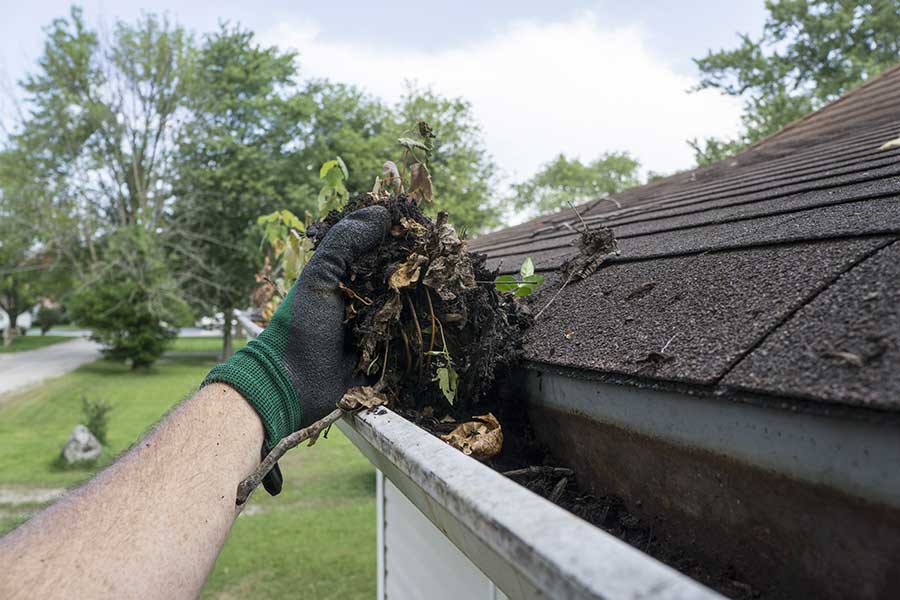
Although guttering is installed well above ground level, it can still have a marked impact on surface water management. The reason for this is that your gutters channel rainwater from your roof and into downpipes connected to drains below. Alternatively, the pipes may feature extensions to direct the flow of water to another area.
Either way, this simple system prevents rainwater pouring down your walls and collecting in concentrated areas. Without it, you could experience water ingress and damp, or even subsidence issues caused foundations that have weakened over time.
Because of this, it’s crucial that you keep your guttering in good working order. This includes clearing leaves and other debris out of your gutters twice a year in the spring and autumn. Once clean, it may be worth installing guards to prevent further build ups and blockages.
Tip: don’t want to climb a ladder yourself? Many window cleaners offer gutter cleaning too.
Use water butts to collect rainwater
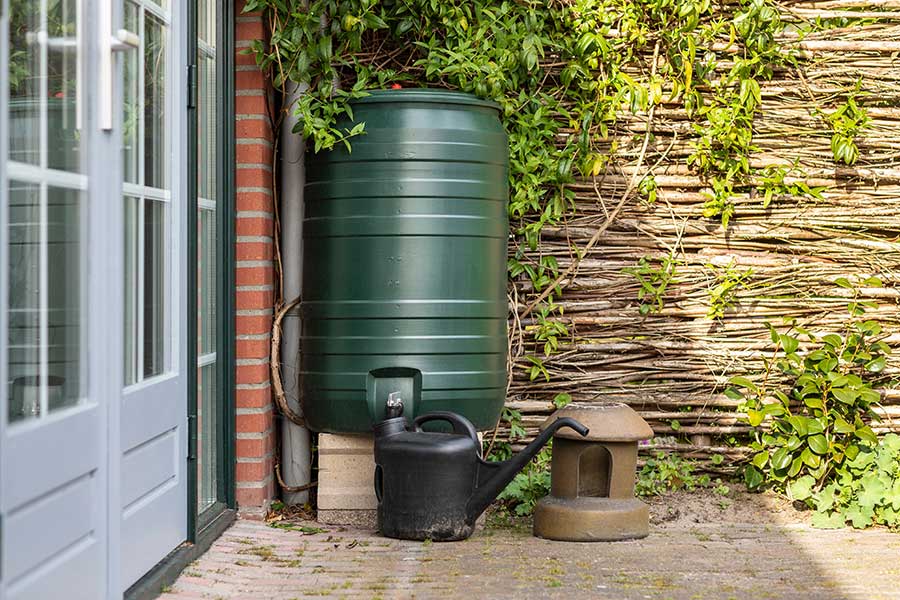
Whether you want to slow the flow of water from your downpipes or collect it for later, water butts are ideal. With a 100-litre capacity, our sister company’s Garland Slimline model is easy to connect up. When in position, it will store water running off your roof, reducing pressure on your drains to lessen garden flooding. This one also comes with a diverter so any overflow can be channelled to a soakaway if needed. But that isn’t the only benefit of installing a water butt.
The main perk of this water saving system is seen in the dry summer months – especially if there’s a hosepipe ban. You can then simply repurpose the rainwater collected in the wetter seasons to water your garden. There’s even a tap at the bottom to easily fill your watering can.
Keep your lawn in good condition
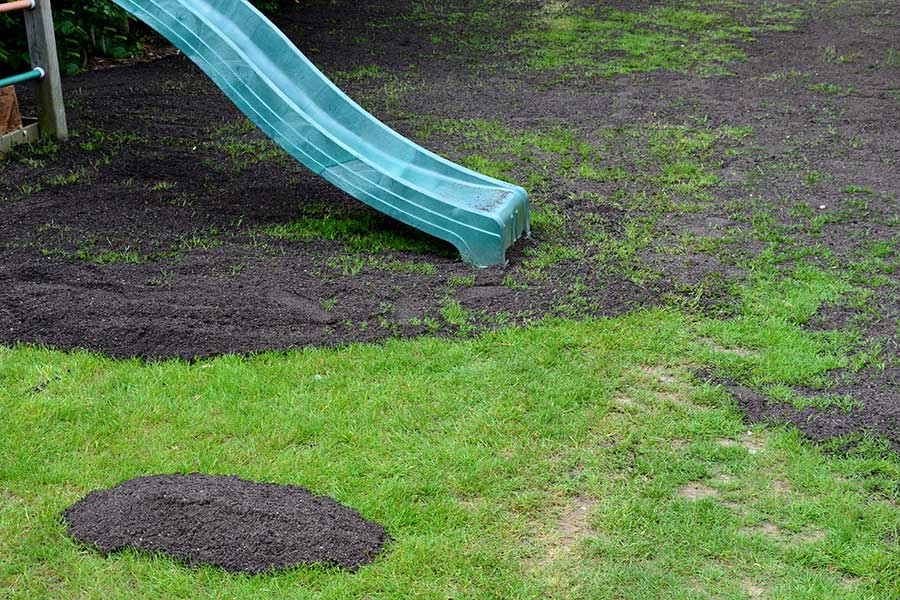
Maintaining a healthy lawn is also key to good garden drainage. In the warmer months, level out your lawn with a mixture of quality top soil and sand. The slightly grainy texture will help with smoother filtration. To boost absorbency further, you should also aerate your lawn every two years. This can be done as part of your autumn lawn care before the cold weather arrives.
Additionally, you’ll want to rake up leaves regularly to prevent a thick layer of buildup which could impact water absorption. Not to mention result in damaging mould. The same goes for your ground-level drains too – check them each week to make sure they’re free of debris.
Incorporate more plants and shrubs
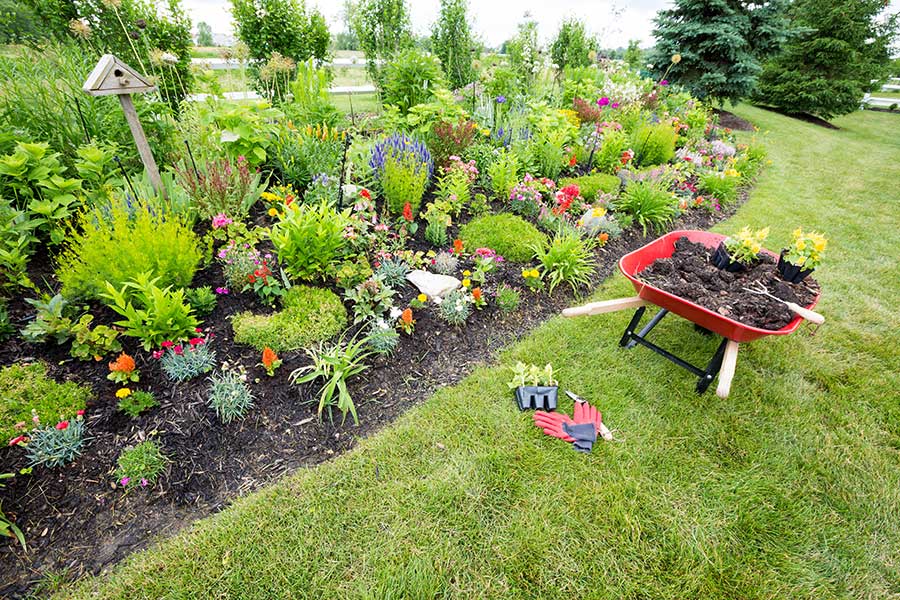
Bare soil is a common feature of waterlogged gardens. With that in mind, if yours is lacking foliage, we’d highly recommend adding some plants and shrubs. The reason for this is that they naturally absorb groundwater through their roots. Particularly leafy or bushy species will also filter out some of the moisture before it reaches the ground to minimise pooling.
Not sure which type of plant to go for? Evergreens will serve you well in all seasons and need minimal upkeep. Visit Oxford Garden Centre to explore a whole host of options, including potted plants perfect for smaller gardens. With free next day delivery available to all OX postcodes and no minimum order value, the possibilities are limitless.
Mulch your flower beds
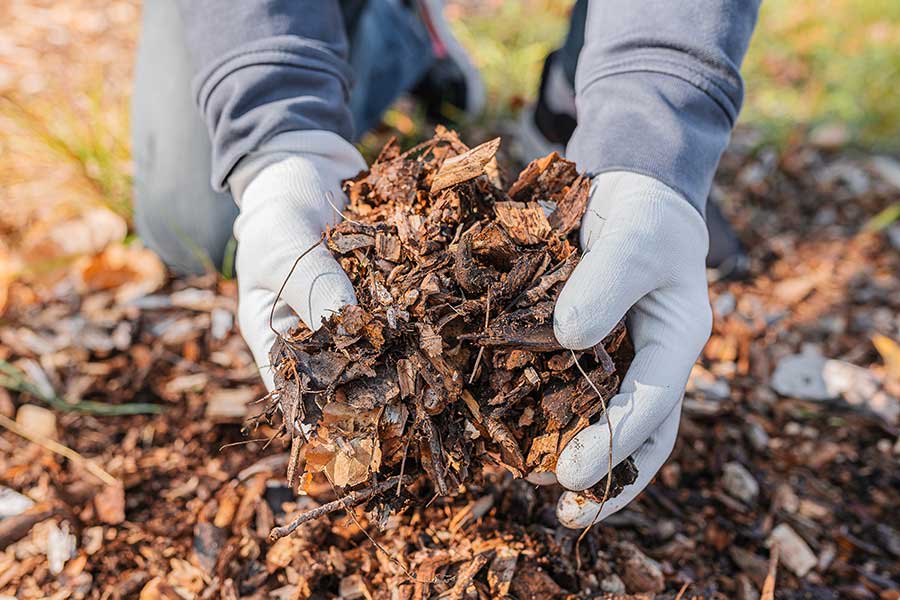
Did you know that mulching your garden can help to absorb water and release it more slowly? This is ideal for managing surface water drainage, whilst also working to keep plants healthy. For example, organic bark mulches biodegrade over time and release nutrients into the soil, making them great for flower beds. In addition, a thick layer of mulch placed several inches from tree stems and shrubs acts as a barrier against waterlogging and subsequent rotting. Interested? Look out for an exclusive offer on bark mulches towards the end of the month!
Looking for a more permanent solution that won’t wear away? We also stock non-organic mulches like decorative gravel and shingle that are great to look at, aid drainage and suppress weeds too. Choose from various styles and colours to suit your garden, and add to your paths too for a cohesive finish. Our Local Shingle and 20mm Oxford Gravel both work well for this.
Upgrade to permeable landscaping materials
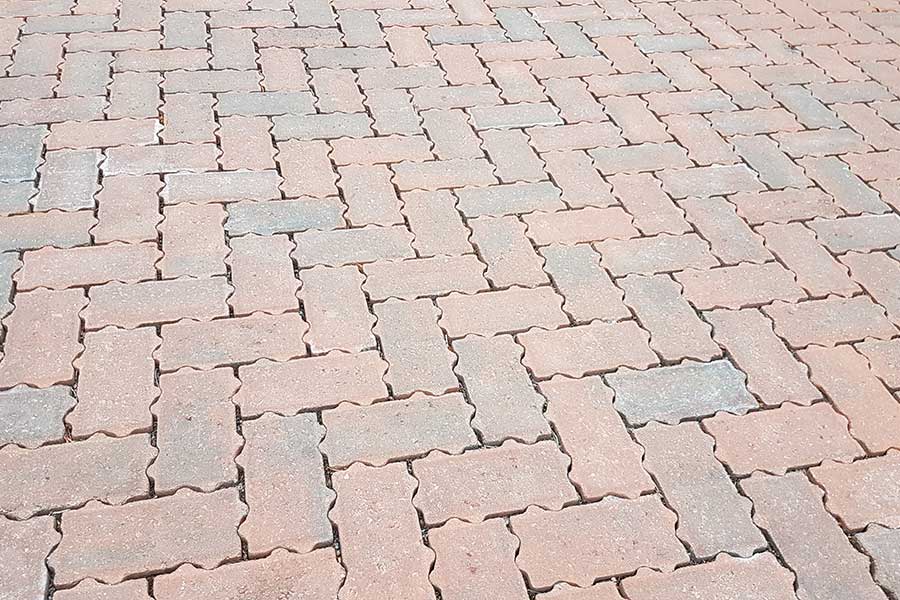
Planning a new driveway or patio? To meet building regulations and lower your chance of a flooded garden, we’d strong suggest installing a permeable surface. This essentially means anything that allow water to pass through it to aid surface water drainage.
Our permeable block paving is ideal as its edges are designed to allow water to run off between the blocks and into the subbase. Yet, it’s just as attractive as classic block paving and you can still create any pattern you like with it. Meanwhile, gravel is an affordable, easy to lay alternative that provides an equally appealing finish.

To maintain good garden drainage, you’ll need to lay your gravel drive or path over a heavy duty permeable weed membrane. And you can also utilise our innovative, heavy-duty TDP PorousPave trays to create a firmer surface. Simply lay the interlocking system out and fill it with gravel to limit spreading – even when driving over it. Non-rotting and UV-resistant, you can rest assured that it will stand the test of time. Plus, it can be used for seeding lawns too.
Browse our full range of surface water management products online or visit us in store. We have branches in Oxford, Swindon and Yarnton, with staff on hand to offer expert advice. They can also arrange free delivery for local residents – check your eligibility online today.



